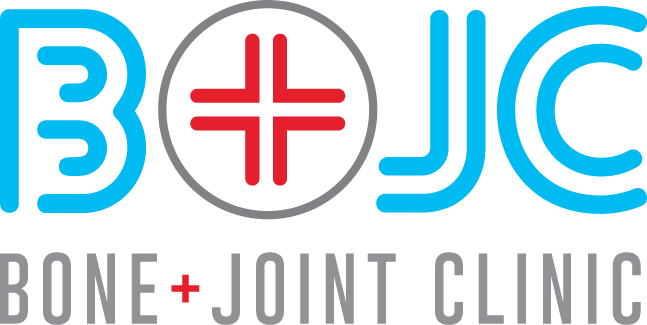Keyhole Knee Surgery for Meniscus Tears
The Australian Orthopaedic Association and the Australian Knee Society have, in collaboration, released a position statement regarding the usefulness of knee arthroscopy (keyhole knee surgery) for the treatment of meniscus tears in the setting of early arthritic change in the knee. The statement was put forward in February 2016 based on the available studies. Indications for this procedure include (but are not limited to): removal of loose bodies within the knee, removal of meniscus tears causing catching in the knee (particularly in the setting of a sudden onset), joint inflammation requiring removal of the joint lining, or in situations where MRI is not possible and the diagnosis in unclear.
In the presence of early arthritis and a degenerate appearing meniscal tears I will always trial a period of non-operative management including physiotherapy, activity modification and often an anaesthetic and steroid injection into the knee. Where this is unsuccessful, an arthroscopy may be performed if the location of the pain corresponds with the location of the meniscal tear. In this scenario it is important to recognise that symptom relief may not be complete as a proportion of the pain will be coming from the arthritic change in the knee. For more information on knee arthroscopy go to bjcsc.com.au, click on the knee icon and follow the links.
For patients with moderate or severe degenerative change in the knee and a degenerate meniscal tear, arthroscopy is not a good alternative. In this scenario operative options include knee replacement or knee realignment procedures. Non-operative options include weight loss, activitiy modification, use of walking aids, injections and offloading braces.
